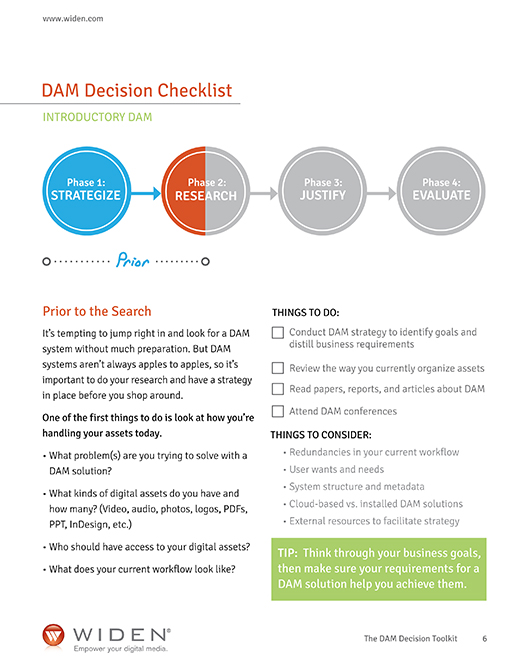 Visual content marketing has grown tremendously in the last year or two, as brand marketers have started to realize that words alone aren’t going to be enough to keep customers and prospects engaged and involved.
Visual content marketing has grown tremendously in the last year or two, as brand marketers have started to realize that words alone aren’t going to be enough to keep customers and prospects engaged and involved.
To inspire you to add compelling visuals to your next content project, the CMI team has put together a new Visual Content Marketing Look Book, with 25 remarkable, best-in-class examples. (Note: If you would like to download the PDF, select Save via the SlideShare link.)
So, how can your business capitalize on the latest trends in visual content marketing? Here’s our advice, based on some big brand examples that caught our eyes:
1. Inspire customers with ideas on how to use your products
Consumers often don’t know exactly what they want, and are looking for inspiration and ideas. Smart marketers give them plenty of creative fodder and, in the process, position themselves as a brand that says, “We’re here to help!” For example, Callaway Golf does this through its series of instructional golf tip videos published on its YouTube channel.

2. Show, don’t tell
Use stunning photography and graphics to tell amazing stories. An eye-popping recent example came from Volvo, which captured photos of Jean-Claude Van Damme doing the splits between a pair of Volvo Trucks. The key to making this work as successful visual content marketing was a creative concept that illustrated the product’s advantages in a unique, memorable way.

3. Tap into the creativity and passion of your customers
Entertain prospective customers with user-generated visual content that lets your brand fans tell their own engaging stories. Tourism Australia fans submit 900 photos for consideration per day — and they typically get tens of thousands of likes per Facebook post.

4. Humanize your brand
Compelling visual content helps to humanize an otherwise faceless company and give people a reason to interact with it. It can also help give consumers new ways to relate to your business. For example, Lincoln Electric’s compelling video series depicts some surprising ways welding services touch the lives of everyone.

5. Be helpful
Visual tips, checklists, and “how-to” images perform very well on social media, because they are designed to help or inspire your customers in some way — something that Widen capitalized on by creating a Digital Assets Management Toolkit to nurture its prospects.

6. Extend the value and reach of your written content
Identify the written content that has been most popular with your customers and envision ways in which you can adapt it into compelling visuals. This is an excellent way to draw fresh attention to helpful existing content in a format your audience can quickly digest and put to use. Don’t feel like you must explain the entire process or procedure in an image or series of images, either — sometimes it’s enough to “tease” readers with an image that encourages them to click through to your website to learn more — just as GE does with its data visualization blog.

7. Don’t rely on stock photography
Create original images that illustrate your brand story and bring it to life. While stock images may save you time, they can’t possibly tell as compelling a story of your brand — and your customers — as custom images can. For example, Oreo asked fans to submit their ideas for cookies and cream, and then rendered ones it liked best for display on the brand’s social channels.

8. Make it easy for customers to share their experiences
If you’re running an event, a tour, or other in-person experience for your customers, be sure to make it easy for attendees to share their involvement with others — both on- and off-site. For example, you will want to provide free Wi-Fi access for your attendees, recommend relevant hashtags to use on social media, and should make sure to give credit to your customers when you share photos they’ve taken during the event. But even if you aren’t working with a live event, there are plenty of ways to get your fans involved in your visual content creation — like what Pringles did with its Ultimate Party Lineup experience on Facebook.

9. Listen to fans, and act quickly on their ideas
If customers tell you they like a particular aspect of the visual content you’re sharing, acknowledge their requests and deliver more of what they’re asking for. Using metrics, you can quickly tell if this new content is popular with your customers or not. This is an excellent way to increase engagement — by paying close attention to the “social” aspect of visual social media! For example, home improvement chain Lowes knows how much its customers rely on the DIY tips it provides on many of its social channels, so when Vine started to take off, the brand leveraged the new channel with its Fix in Six series.

We hope this Look Book inspires you to consider creative ways in which your brand can incorporate images, video, and other compelling visual content into your content marketing mix.
Want more inspiration for making all your content marketing efforts a slam dunk? Check out the best-in-breed examples in our 2016 Content Marketing Playbook.
